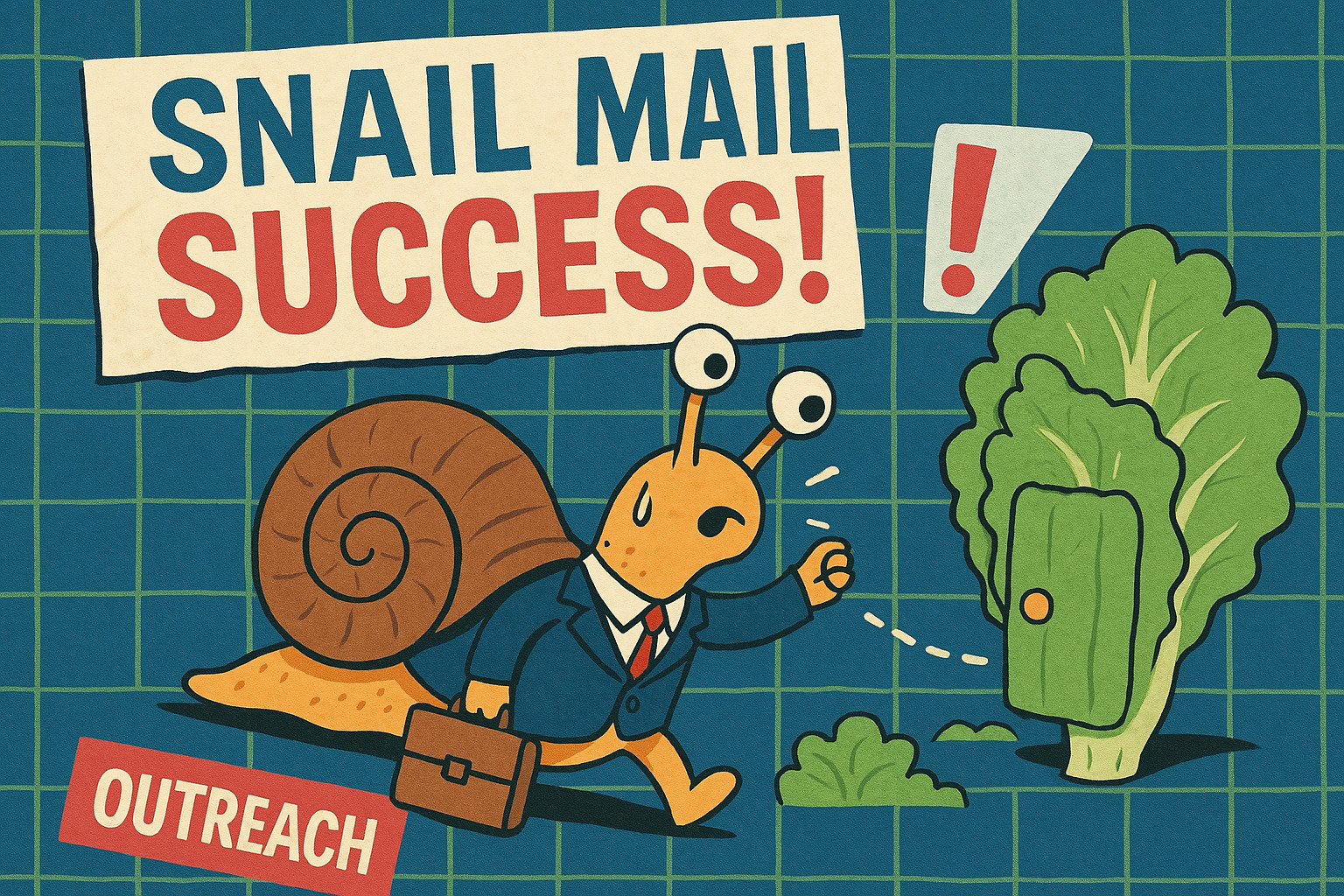I found it in the strangest place—an old thrift store magazine from the ‘80s, yellowed and tucked between a dog-eared romance novel and a guide to VCR repair. The cover screamed “Snail Mail Success!” with a cartoon snail in a tiny suit, briefcase in tow, knocking on doors made of lettuce. I laughed, paid my fifty cents, and took it home, expecting nothing more than a quirky relic. But as I flipped through, something clicked. This wasn’t just about physical mail—it was a manifesto on connection, dressed up in retro absurdity. And in 2025, with inboxes drowning in robotic spam, it felt like forgotten wisdom begging to be revived.
Let’s talk about outreach—cold outreach, specifically. You know, that thing where you slide into someone’s LinkedIn DMs or email with all the finesse of a first date gone wrong. Most of us treat it like a numbers game: blast enough messages, and something’s bound to stick. But here’s the rub—people aren’t walls waiting for your sticky note. They’re busy, skeptical, and frankly tired of feeling like targets in a digital shooting gallery. That snail on the magazine cover? He wasn’t rushing. He was deliberate, personal, and—dare I say it?—charming. What if we took a page from his slimy playbook?
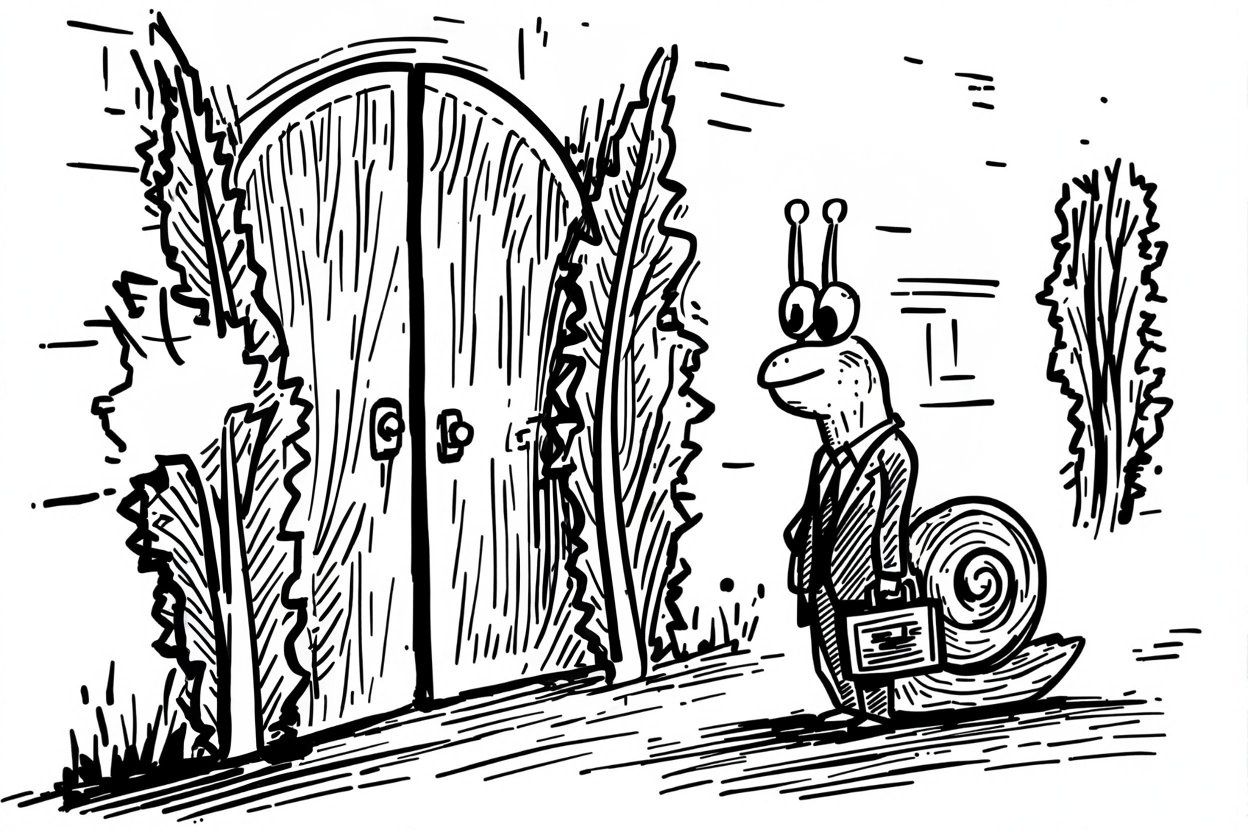
Imagine outreach as snail mail in a world of instant messaging. It’s slow, intentional, and oddly human. Not the mass-printed junk mail kind, but the handwritten note that makes you pause. I’ve been on both sides—sending desperate cold emails as a junior recruiter and dodging them as a hiring manager. The ones that worked? They didn’t feel like they came from a bot factory. They had soul. So, let’s unpack this snail-paced art of cold outreach strategies and figure out how to do it like we mean it—no automation allowed.
First off, why does most outreach suck? Because it’s lazy. You’ve seen the templates:
Hi First Name,
I noticed you're a Job Title at Company. I'd love to connect!
Looking forward to your response,
Generic Recruiter
Yawn. It’s the digital equivalent of a limp handshake. A friend once forwarded me one that started, “Dear [Insert Name Here],” and I couldn’t decide whether to laugh or cry.
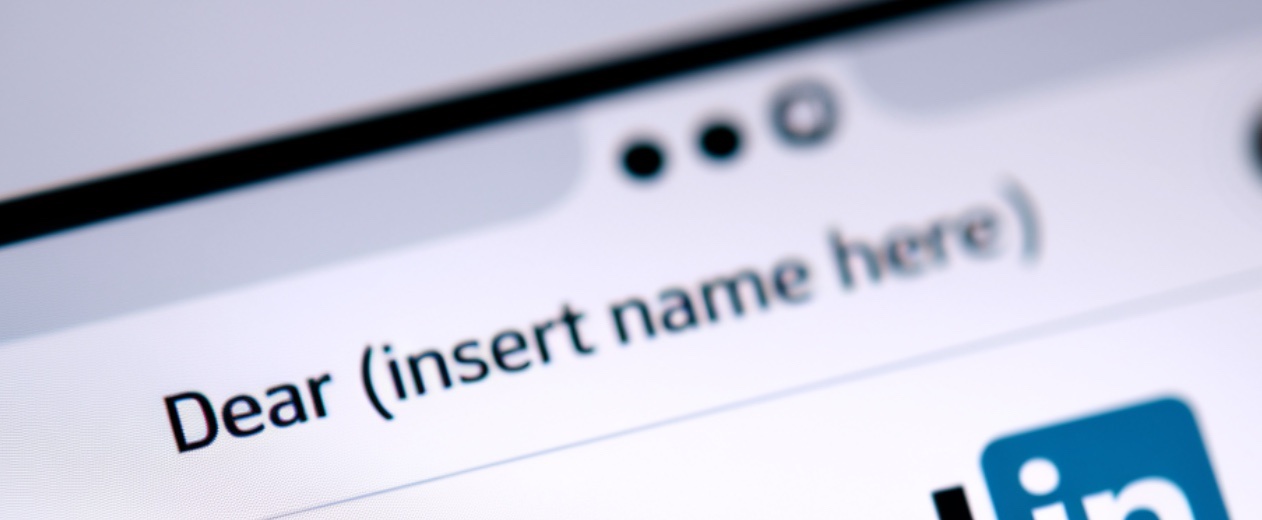
Automation promises efficiency, but it strips away the one thing that matters: a pulse. People crave authenticity—70% prefer a human over a bot, according to HubSpot. That snail didn’t have a mail-merge tool, and he still closed deals.
So, how do you ditch the robot vibe? Start with research. Not the creepy stalk-their-life kind, but enough to know who you’re talking to. I once emailed a CTO about a role, mentioning a blog post he’d written on scalable APIs. He replied within an hour—not because I was brilliant, but because I’d shown I’d paid attention. LinkedIn’s a goldmine for this. Check their posts, comments, even the groups they’re in. A recruiter I know landed a client by referencing a prospect’s rant about bad coffee in a comment thread. It’s not rocket science; it’s just giving a damn.
But research alone won’t cut it. You’ve got to sound human, not like a sales pitch on stilts. Ever get a message so stiff you could hear the gears grinding? “I am reaching out to explore synergistic opportunities…” Blech. Write like you talk. I mean it. When I started in recruiting, I’d agonize over every word, aiming for “professional.” Then a mentor told me, “Pretend you’re explaining it over beers.” My next email began, “Hey, saw your post about hiring nightmares—been there! Any chance you’re still hunting for a fix?” It worked. Loosen up, and the humanity shines through.
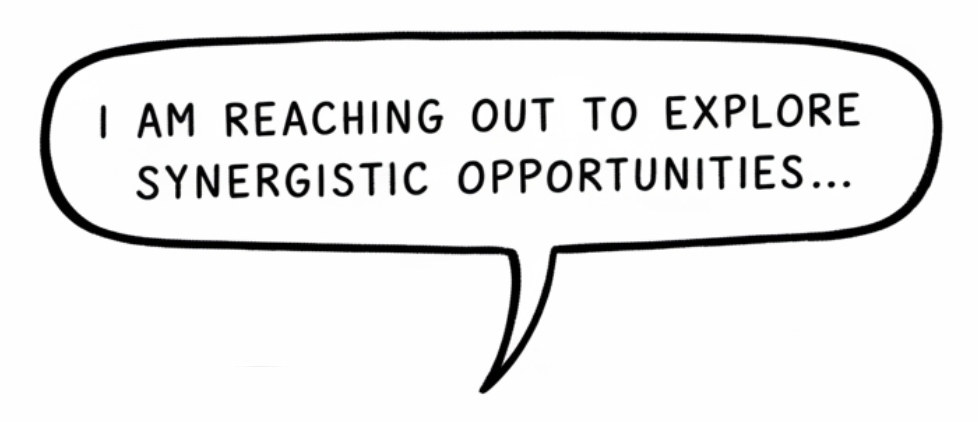
Here’s where it gets fun—timing. Snails don’t rush, but they know when to show up. Cold email prospecting isn’t about spamming at 9 a.m. sharp; it’s about catching someone when they’re open. A study I stumbled across (buried in some marketing report I can’t quite place) said personalized emails sent midweek afternoons get 20% higher replies. Makes sense—Monday’s chaos, Friday’s checked out. I once sent a LinkedIn message right after a prospect posted about a promotion. She replied, “Perfect timing!” Luck? Sure. But luck favors the observant.
Now, let’s get real about value. Nobody cares about your pitch unless it solves their problem. That snail wasn’t lugging a briefcase full of flyers—he had something worth delivering. Before you hit send, ask: What’s in it for them? Not your quota, not your ego—them. I used to pitch candidates with “great opportunities” until I realized they didn’t care unless I tied it to their goals. One time, I messaged a developer about a remote gig, mentioning how it fit his recent post about hating commutes. He wrote back, “You get me.” Three words, big win.
What about follow-ups? Oh, they’re gold—but only if you don’t nag. The snail doesn’t bang on the door; he leaves a note and circles back. Most people need a nudge—stats say it takes multiple touches to convert—but there’s an art to it. I’ll let you in on a trick: make each follow-up different. First email’s about their pain point, second’s a quick story, third’s a “Hey, still around?” with a dash of humor. A hiring manager once told me my third message—“Did I scare you off, or are we still flirting with this idea?”—made her laugh and reply. Don’t be a pest; be a person.
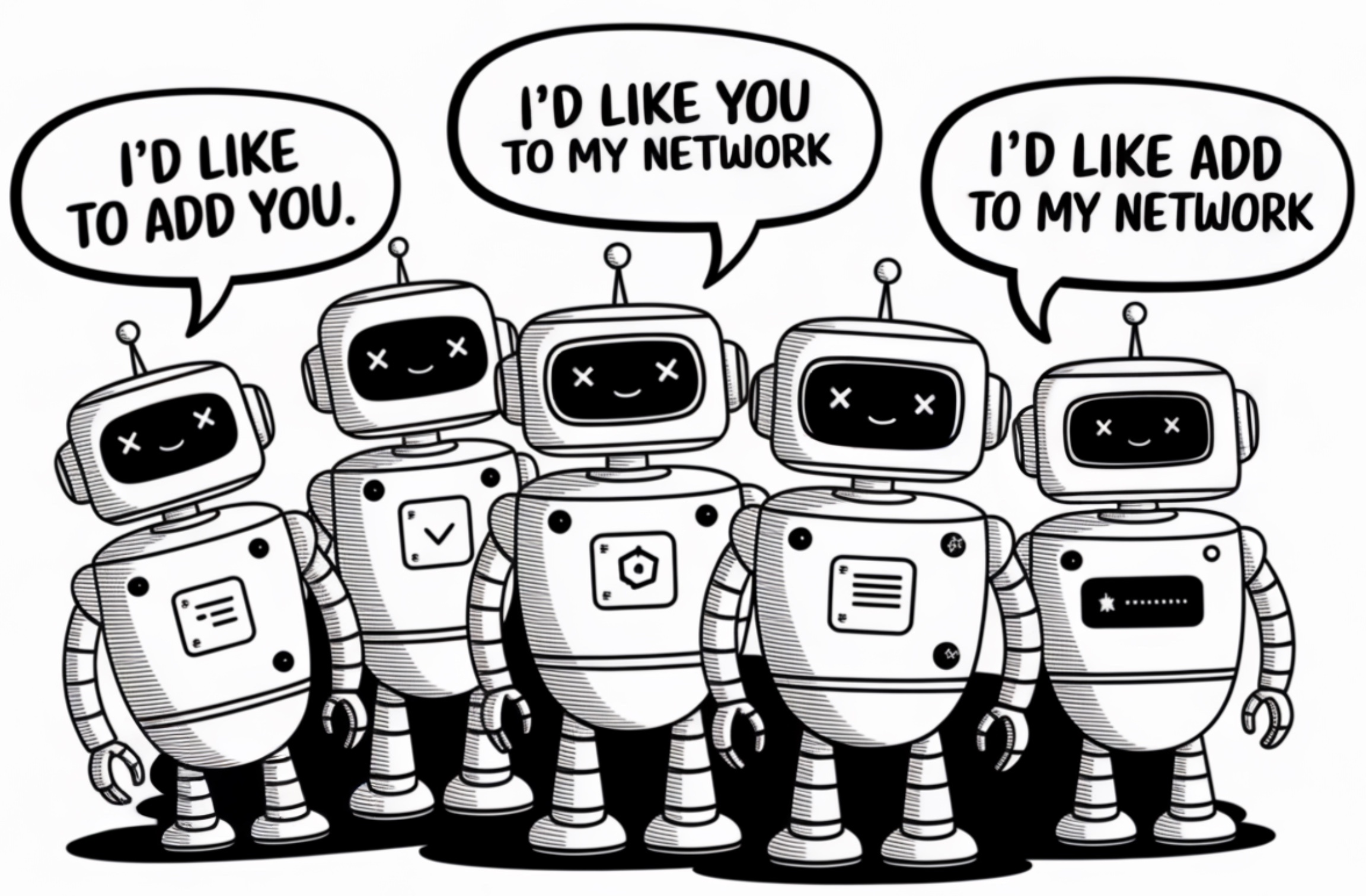
Can we talk about LinkedIn for a sec? It’s the king of cold messages, but it’s also a cesspool of robotic drivel. “I’d like to add you to my network” is the fastest way to get ignored. Instead, try this: comment on their post first. Something real, not just “Great insights!” I once wrote, “Your take on AI hiring tools is spot-on—ever tried one that didn’t flop?” Got a like, then a DM from them. It’s not gaming the system; it’s starting a conversation. That’s what “do outreach” should mean—dialogue, not monologue.

Here’s a confession: I used to suck at this. Early in my career, I’d fire off 50 emails a day, praying for a bite. My open rates were abysmal, my sanity worse. Then I met a grizzled sales guy at a conference—let’s call him Dave—who said, “Kid, you’re not selling software; you’re selling yourself.” He was right. Outreach isn’t about the tool or the role—it’s about trust. That snail on the magazine knew it. He wasn’t fast, but he was memorable. Slow down, and you might actually get somewhere.
But what does it mean to make your outreach human? It’s not just ditching templates (though please, for the love of all that’s holy, don’t copy-paste “Dear [Name]”). It’s about curiosity. When I reach out now, I’m genuinely wondering: What’s this person’s story? What keeps them up at night? One time, I asked a candidate, “What’s the worst job you’ve ever had?” instead of the usual spiel. She spilled a hilarious tale about a call center gig, and we bonded over shared trauma. That’s not in the SDR workflow playbook, but it works.
Let’s flip the script. What if you’re on the receiving end? You can smell a bot a mile away, right? Last week, I got a message: “Hi, I see you’re in HR Tech. We should connect!” No context, no soul. Deleted. Compare that to one I kept: “Hey, your post about AI bias cracked me up—any chance you’ve got a fix for it?” Night and day. If you wouldn’t reply to it, don’t send it. Snails don’t waste slime on bad doors.
Technology’s tricky here. Tools like Salesrobot or CRM hacks can streamline email outreach, but they’re a crutch if you lean too hard. I’ve seen teams automate everything—subject lines, signatures, even “personalized” intros—and wonder why their response rates tank. A stat I love: personalized emails can boost replies by 10-20% over generic ones. Why? Because humans sniff out fakes. Use tech to organize, not to impersonate you.
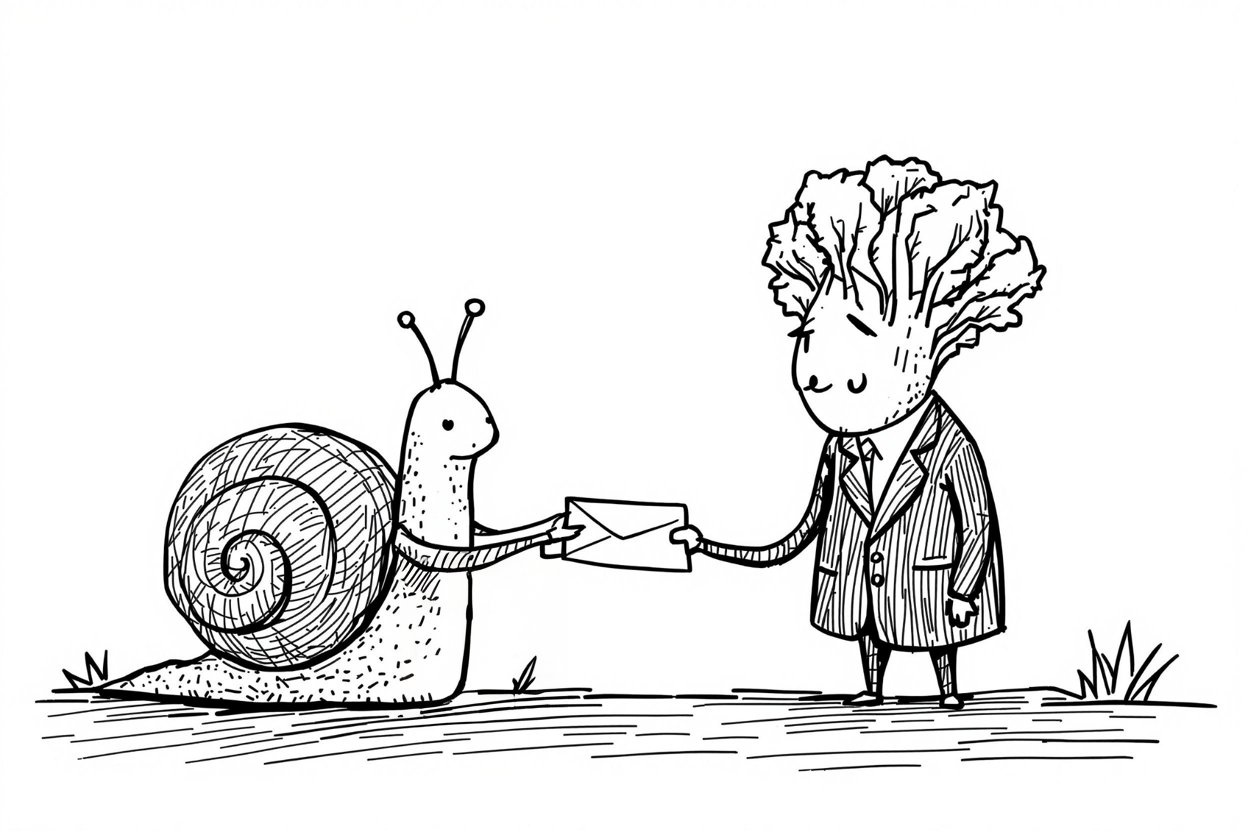
Okay, practical stuff. How do you start? Pick five people. Not fifty—five. Research them like you’re prepping for a first date. Write each message fresh—no templates. Mention something specific: a post, a job change, a shared interest. Keep it short, casual, and end with a question. “Hey, your take on remote hiring was wild—how’d you figure that out?” Send it, wait a day, then follow up once. That’s it. Snail pace, human touch. I bet you’ll get at least one reply.
Does this scale? Kind of. You can’t snail-mail a thousand leads, but you can train your brain to spot patterns. After a while, you’ll know what hooks work—humor, pain points, flattery (sparingly)—and adapt on the fly. A buddy in sales calls it “sixth sense lead generation,” which sounds fancy but just means listening to your gut. Automation can handle volume; only you can handle vibe.
Here’s where Machine Hiring fits in. Outreach isn’t just for recruiters—it’s for tools that connect people too. At Machine Hiring, we’re obsessed with cutting through the noise to match talent with opportunity, no robotic nonsense involved. We try to help, but not replace humans. Our platform’s built to feel personal, not like another ATS spitting out resumes. Try the free trial—see if it’s got that snail-mail soul you’re craving.
Back to that magazine. The snail didn’t win because he was fast or flashy. He won because he showed up, real and unhurried, in a world moving too damn quick. Cold outreach strategies haven’t changed at their core—they’re about being seen as a person, not a pixel. I keep that goofy cover on my desk as a reminder: slow down, mean it, and maybe leave a little slime behind.
So, here’s the kicker—what happens when everyone catches on? If human outreach becomes the norm again, will we just invent new ways to fake it? I wonder. Snails don’t have that problem—they’re too busy being themselves.
Ready to ditch the bots and master outreach with soul? Try Machine Hiring’s free trial today.
Related Posts
- How Smart Recruiters Build Relationships Before the Job Hunt
- Unlock LinkedIn’s Hidden Potential: 9 Surprising Tactics for Recruitment Outreach Success
- 7 Steps To LinkedIn Growth For Recruiters (2024 Strategy Guide)
- Ghosted Again? How to Stop Candidates from Disappearing and Start Engaging Them Better
